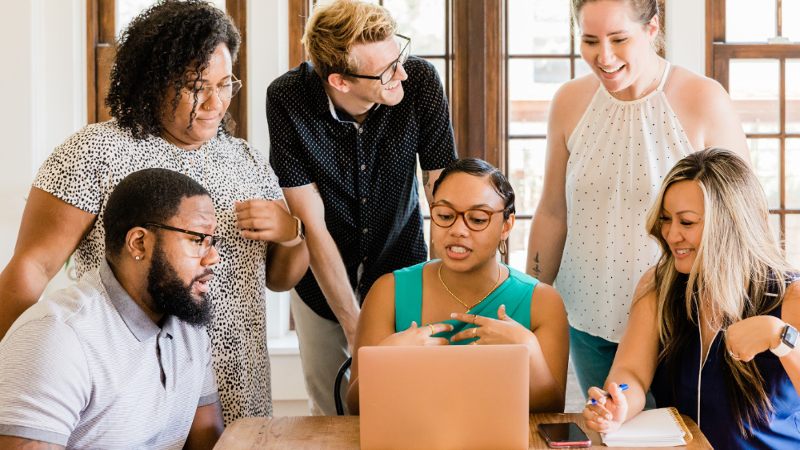If you’ve ever watched Frozen, you’ll remember how Anna tries to get Elsa to open up the gates to Arendelle. She didn’t barge in demanding change, but instead, she tried to connect, understand, and work together. In education, it’s the same idea. We can’t force change onto teachers like demanding Elsa open the gates; instead, we need to create an environment where they feel included and valued in the process. Otherwise, we risk shutting people out and getting a cold shoulder (pun totally intended!).
The goal in our schools and districts should be to create a collaborative environment where teachers feel valued and part of the journey. It’s about inviting them into the story and giving them the tools to make adaptive changes and achieve success. Michael Fullan’s work on educational change supports this, emphasizing that when teachers are engaged and empowered, they become the main characters driving positive transformation in schools. Without teacher buy-in, many initiatives risk becoming just another verse in the song, “Let It Go…”
"Creating teacher buy-in for UDL and inclusive practices isn’t about pushing change onto people—it’s about walking alongside them, highlighting strengths, taking small steps, and building a supportive environment."
So, how do we get teachers to feel like they have agency and buy-in? Here are four strategies to help you empower educators to embrace inclusive practices and Universal Design for Learning (UDL). Check out the podcast episode to learn more.
1. Build Confidence in Your Team
Before diving into what needs improvement, start by celebrating what’s already working well. Acknowledge the strengths in a teacher’s practice and help them build on those. This isn’t just about praise but about laying a solid foundation of confidence and positivity. Right now, everyone’s working incredibly hard, and that effort deserves recognition. By focusing on strengths first, you create an environment where teachers feel valued and open to growth.
2. Introduce Small, Manageable Changes
Don’t overwhelm teachers with too much change at once. Instead, focus on one small, impactful strategy at a time. When I was an assistant superintendent, we made it a priority to introduce just one new practice each quarter. For instance, one year we emphasized sharing clear learning objectives, fostering student self-reflection, providing targeted feedback, and offering scaffolds. This focused approach gave teachers time to learn, practice, and get feedback on each strategy. When they excelled, we invited them to share their successes at faculty meetings, which helped build efficacy and a sense of accomplishment.
3. Offer Positive Reinforcement and Support
Encourage teachers by recognizing their efforts and celebrating their willingness to try new things, even if those attempts aren’t perfect. I once worked with a principal who handed out packets of M&Ms to acknowledge that Making Mistakes is part of growth. The message was clear: "It's great that you tried something new, and now you have valuable insights to move forward." Celebrating small wins and risks helps sustain motivation and builds a culture of continuous improvement.
4. Provide Support and Resources
Look for ways to lighten teachers’ loads and make their work more manageable. This could mean sharing resources through a common drive, setting up co-planning sessions, or arranging workshops with team members. Some schools I’ve worked with replaced half of their faculty meetings with dedicated co-planning time, giving teachers space to explore resources and integrate new strategies. Streamlining tasks and encouraging collaboration shows you’re committed to their success and well-being.
Creating teacher buy-in for UDL and inclusive practices isn’t about pushing change onto people—it’s about walking alongside them, highlighting strengths, taking small steps, and building a supportive environment. When teachers feel empowered and supported, they’re more willing to embrace these changes and create more inclusive, engaging classrooms.
Meeting the needs of all students is our passion and working with educators is our path to success, we’re as dedicated towards your goals as you are and we will partner with you every step of the way.




